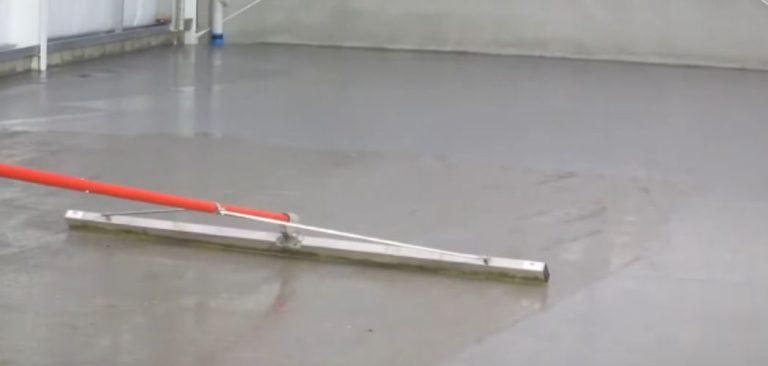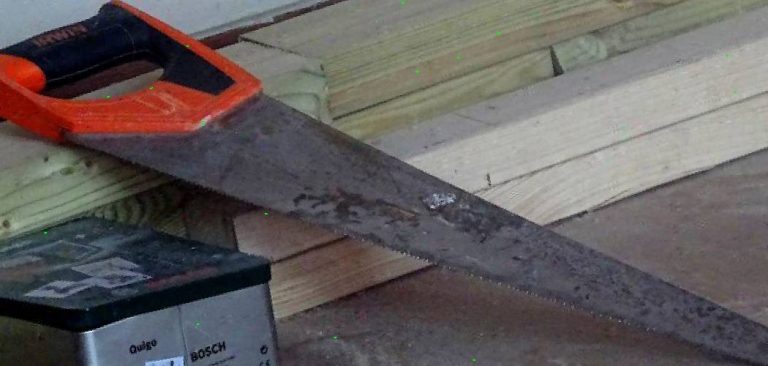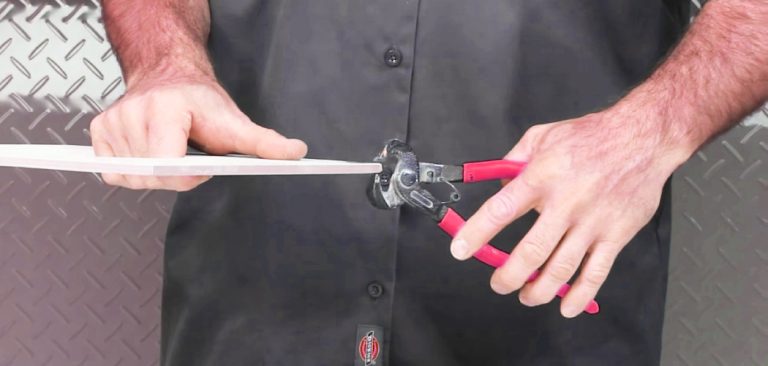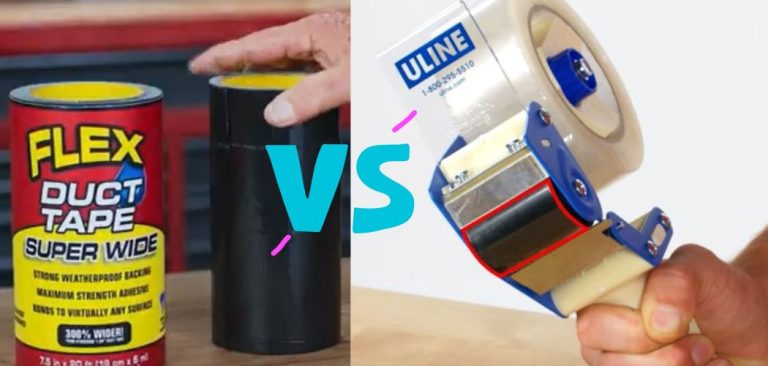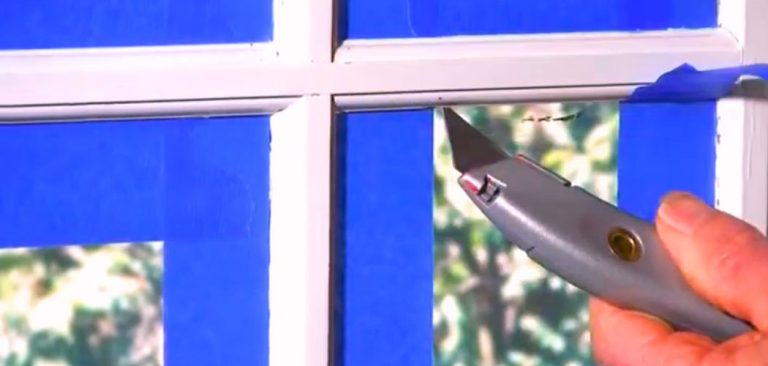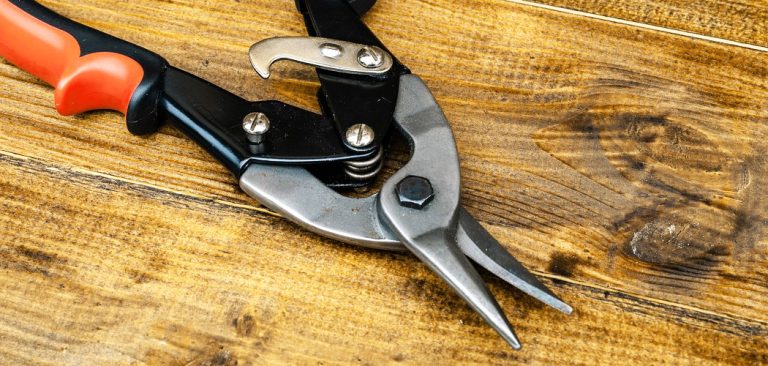“Japanese Saw vs American Saw: Which One is Best for Your Woodworking Projects?”
Cutting wood accurately is the foundation of any successful woodworking project. Without the right tools to cut and shape wood into precise lengths, building anything would be nearly impossible. This is where saws become essential.
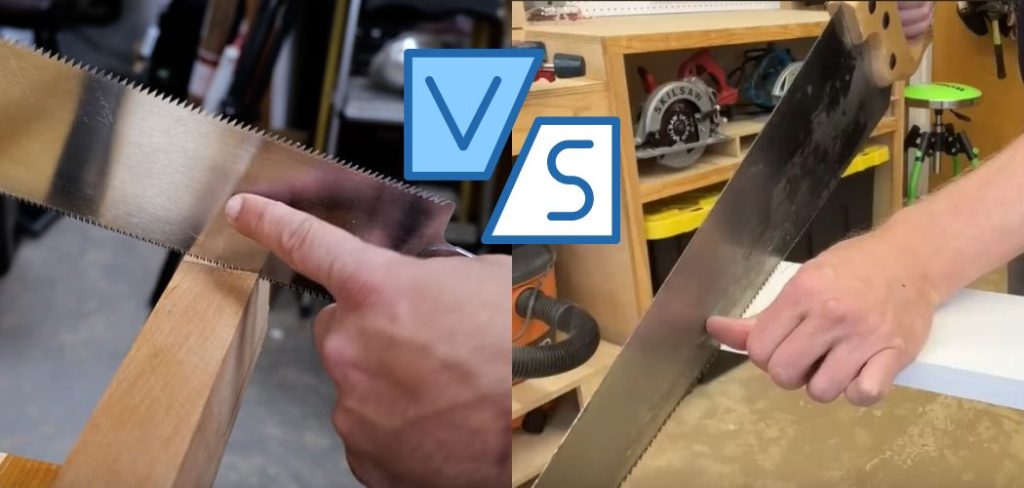
In this article, we’ll dive into the key differences between Japanese vs American saws, two popular styles used in woodworking worldwide. We’ll explore their unique designs, how they perform in different tasks, and why Japanese saws have gained increasing attention among craftsmen in recent years. Whether you’re a beginner or a seasoned woodworker, understanding these tools will help you choose the right one for your projects.
Why Are Japanese Saws Used?
The Japanese saw, or nokogiri, is designed for precise woodworking, cutting on the pull stroke for greater control and efficiency. This pull action allows for thinner blades, resulting in smoother cuts with less effort. Various types, like the fine-cut dozuki or versatile ryoba, make them suitable for diverse tasks.
Crafted with high-quality steel and ergonomic handles, they are lightweight, durable, and ideal for intricate joinery or construction. Rooted in Japan’s tradition of precision craftsmanship, these saws reflect the cultural emphasis on accuracy and efficient design.
Why Are American Saws Used?
American saws, traditionally designed to cut on the push stroke, are built for durability and heavy-duty tasks. They typically have thicker blades to handle the force of pushing, making them ideal for cutting through tough materials like hardwoods and large timber.
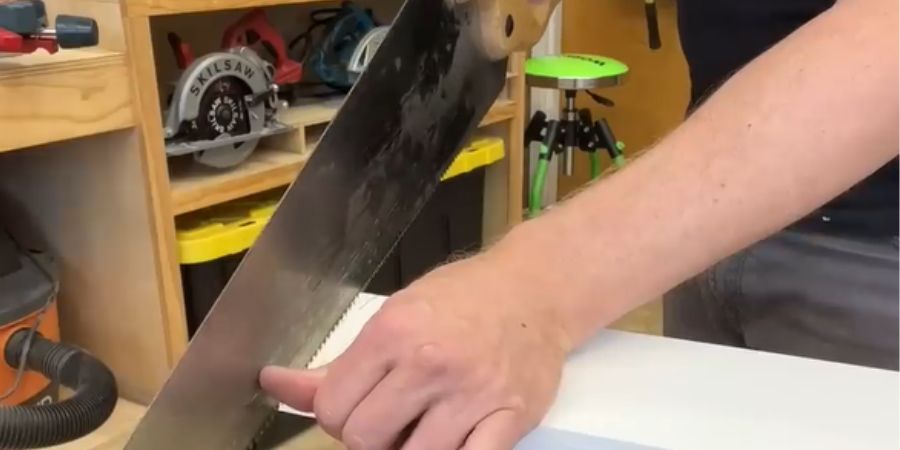
For example, the classic handsaw, used in the 19th and early 20th centuries, often measured around 26–28 inches long with 5–12 teeth per inch (TPI), depending on whether it was for ripping or crosscutting. These saws were crucial during the expansion era, helping to construct railroads, homes, and barns, reflecting the practical needs of large-scale building in a rapidly growing nation.
What is the Actual Difference Between Japanese Saw vs American Saw?
The key difference between Japanese and American saws lies in their cutting action and design. Japanese saws cut on the pull stroke, offering precision and thin kerfs, while American saws cut on the push stroke, delivering durability and power. Both excel in specific woodworking tasks, making them unique tools for different needs.
| Feature | Japanese Saw | American Saw |
|---|---|---|
| Cutting Direction | Cuts on the pull stroke, ensuring precision and blade stability. | Cuts on the push stroke, designed for power and durability. |
| Blade Thickness | Thin blades (0.2–0.5 mm), creating a narrow kerf for minimal material waste. | Thicker blades (0.8–1.2 mm), producing a wider kerf for tougher jobs. |
| Teeth Per Inch (TPI) | Higher TPI (12–20+), ideal for fine and smooth cuts. | Lower TPI (5–12), suited for faster, rougher cuts. |
Material | High-carbon steel; very sharp but requires careful handling. | Tempered steel; robust and easily resharpened. |
| Cut Quality | Cleaner, more precise cuts, especially in softwoods and detailed projects. | Rougher cuts, better for framing and construction tasks. |
| Ease of Use | Lightweight and ergonomic; requires less force to cut. | Heavier, requiring more strength but effective for large projects. |
Blade Types | Examples: Dozuki (fine work), Ryoba (versatile dual-edge), Kataba (deep cuts). | Examples: Handsaw (general use), Rip Saw (with larger teeth), Crosscut Saw (angled teeth for clean cross-grain cuts). |
| Best Uses | Fine woodworking, cabinetry, joinery, dovetails, and precision tasks. | Framing, rough carpentry, cutting hardwoods, and large-scale construction. |
My Personal Opinion:
Japanese Saw Work
Japanese saws are perfect for precise and detailed woodworking projects. With their pull-stroke design and thin blades (usually 0.2–0.5 mm thick), they excel in fine joinery, dovetailing, and cabinetry.
For example, the Dozuki saw, with a high TPI of 12–20+, is ideal for cutting tenons or making exact, clean cuts for mortise-and-tenon joints. The Ryoba, with dual edges for rip and crosscutting, is versatile for creating smooth edges and fitting pieces together seamlessly. These saws are best for softwoods or thinner hardwoods, where their precision truly shines.
American Saw Work
American saws are designed for heavy-duty tasks and rough carpentry. Their push-stroke design and thicker blades (0.8–1.2 mm) handle hardwoods and dense materials with ease.
A rip saw, with 5–7 TPI, can quickly cut along the grain for rough framing, while a crosscut saw, with 8–12 TPI, provides clean cuts across the grain for beams and planks. These saws are the backbone of construction, perfect for building houses, barns, and other large structures. They’re also ideal for cutting timber or preparing rough stock before precision work.
Personal Take
If you’re working on delicate projects that demand accuracy and minimal waste, a Japanese saw is the tool to use. For large-scale builds or when dealing with thick, tough materials, an American saw is your best bet. Having both in your toolkit allows you to handle any woodworking task effectively, balancing precision with power.
FAQs
Why Do Japanese Saws Cut on the Pull Stroke While Western Saws Cut on the Push Stroke?
Japanese saws cut on the pull stroke because this action keeps the blade in tension, allowing for thinner blades (0.2–0.5 mm) and more precise cuts with minimal material waste. Western saws cut on the push stroke, relying on thicker blades (0.8–1.2 mm) for durability and strength, which makes them better suited for heavy-duty tasks.
What Are the Advantages of Using a Japanese Saw Over a Western Saw?
Japanese saws excel at creating clean, precise cuts, especially in softwoods like cypress and pine. They are lightweight, ergonomic, and perfect for tasks requiring fine detail, such as joinery, dovetails, and cabinetry. The narrow kerf also reduces effort and material waste. However, their thin blades are less durable when cutting hardwoods or heavy stock.
Are Japanese Saws Harder to Maintain Than Western Saws?
Yes, Japanese saws can be harder to maintain. Their complex tooth design often requires professional sharpening, with some specialists located only in Japan. In contrast, Western saws have simpler tooth patterns that most woodworkers can sharpen themselves with practice. Inexpensive Japanese saws with hardened teeth are not resharpenable and require blade replacement when dull.
Can I Use a Japanese Saw for Hardwoods?
Japanese saws can be used for hardwoods, but their thin blades and delicate teeth are not as efficient as Western saws in handling dense materials like oak or maple. For frequent hardwood cutting, Western saws are more robust and less prone to damage, making them a better choice.
Should a Beginner Choose a Japanese Saw or a Western Saw?
Beginners should choose based on their project type. For precise, delicate tasks or working with softwoods, Japanese saws are ideal. For rough carpentry, hardwood cutting, or large-scale projects, Western saws are more forgiving and easier to maintain. It’s often recommended to master one style before transitioning to the other.
Read also:

